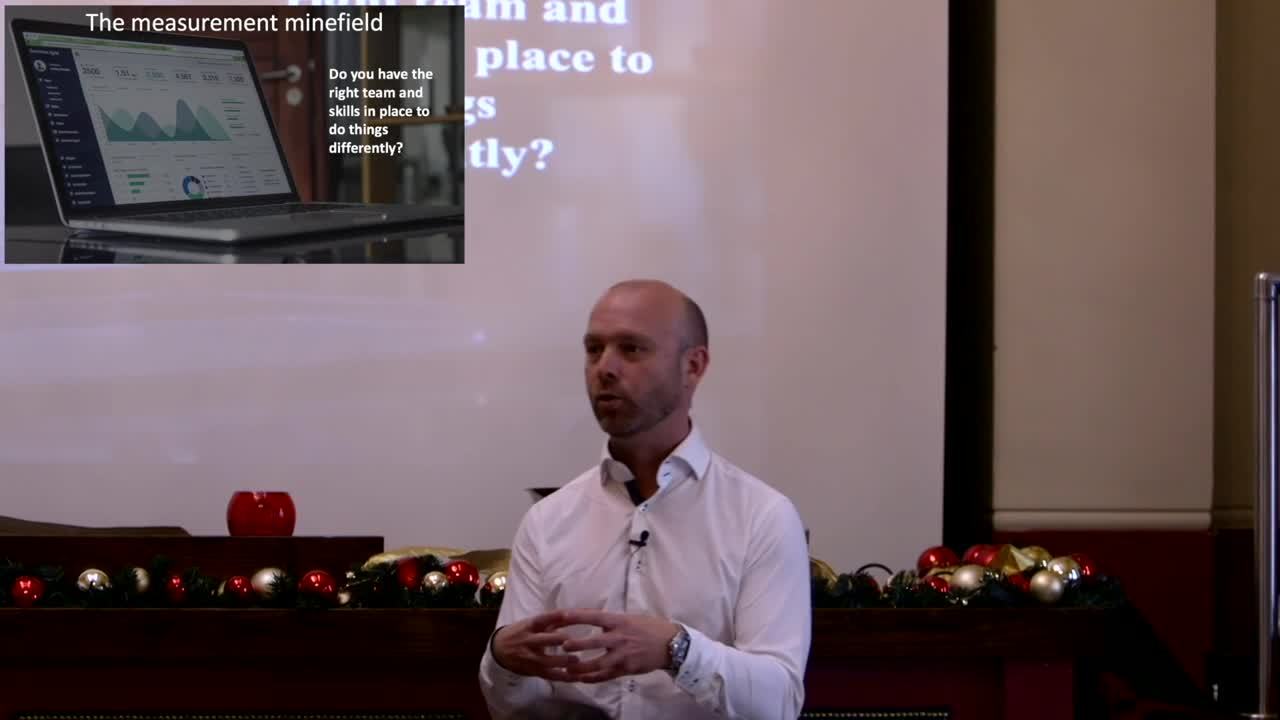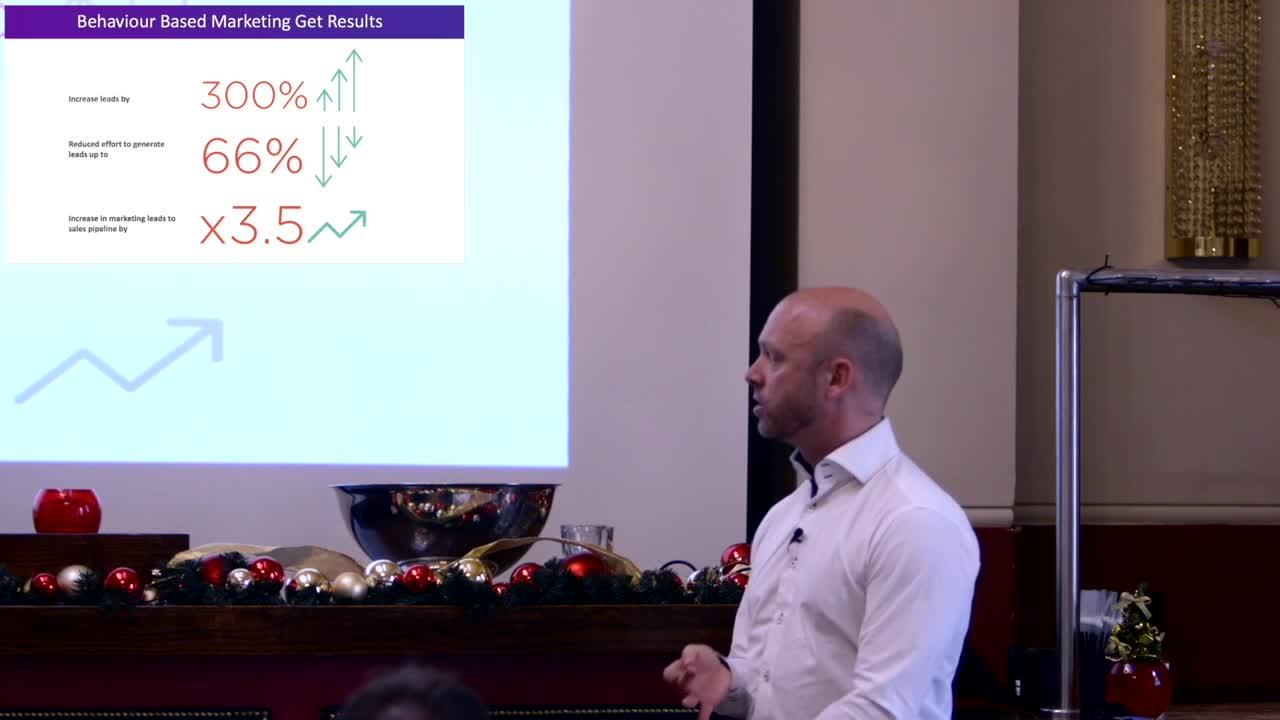We explore key takeaways and learnings from our November breakfast event, Intent-Driven, Intelligent ABM.
Why Intent-Driven ABM Campaigns?
Leveraging B2B intent data to create truly personalised, buyer behaviour-focussed strategies across sales and marketing is increasingly key for campaigns to resonate today.
Allowing organisations to identify and engage accounts who are in-market for their solution; intent-data driven campaigns uncover and consider the digital footprints and buying intent of target accounts, then use this Account-based Intelligence (ABI) to adapt messaging and engage accordingly.
Related: 
For account-based marketing campaigns, this level of behaviour and intent-driven intelligence can be transformational, and is a topic we recently explored with Jon Clarke, CEO of Cyance in our November breakfast event; Intent-Driven, Intelligent ABM.
During the event, we outlined considerations for intelligent account selection, insights and intent data, buyer journey mapping, content and campaign strategy tips and more. Below are key points, takeaways, considerations and learnings from the morning.
5 Key Takeaways From Our Intent-Driven ABM Event
1. Behaviour Based Marketing Enables Intelligent, Intent-Driven Accuracy
Also known as ‘Behaviour Based Marketing’ (BBM); campaigns that take buying behaviour, or purchasing intent into consideration ensure that they target only those accounts who are actually in-market to purchase at that moment - typically only about 2-5% of an audience.
Related: 
As a result, behaviour or intent-driven campaigns provide the opportunity to intelligently determine who you target, why and how - and with what message, based on the behaviour that you see within the accounts that you want to target.
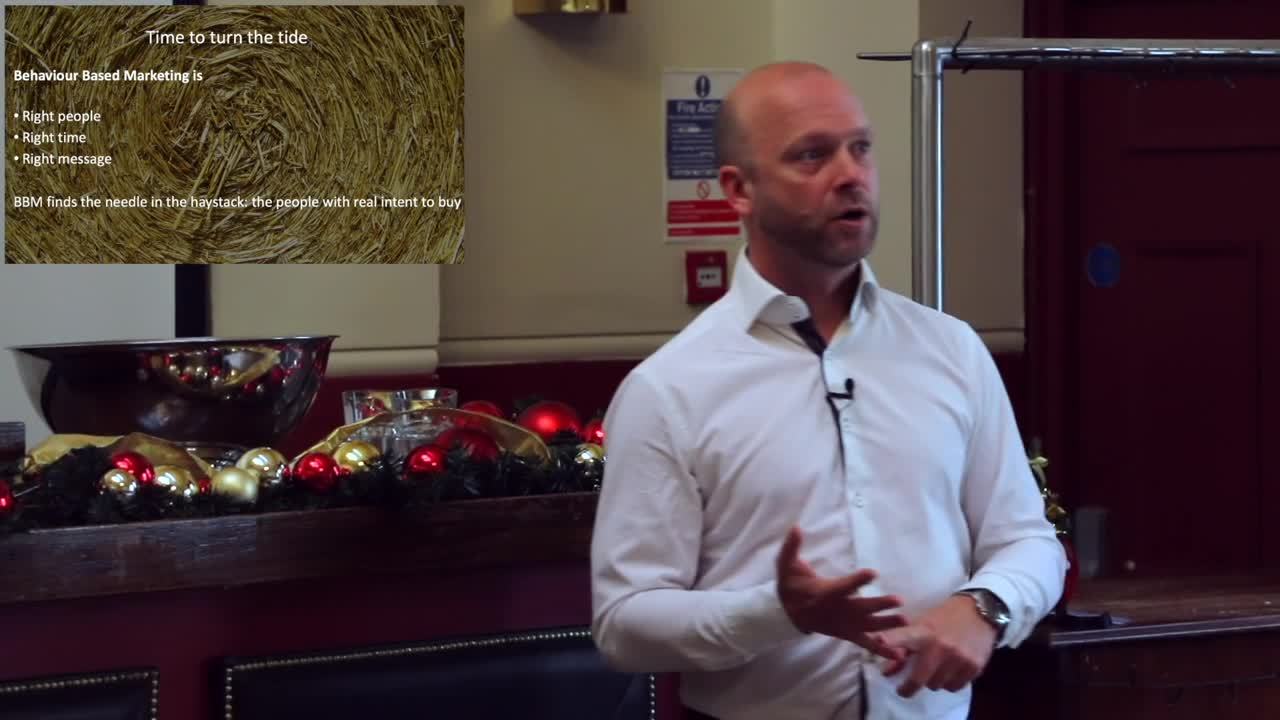
2. Diminishing returns from mass marketing Creates requirement For an intent-driven approach
If we consider, as above, that only 2-5% of a given audience are actively seeking to make a purchase, it may be unsurprising that volume-based B2B marketing is diminishing in effectiveness. After all, though a wider mass approach may reach a larger number of people, those audiences may not be truly relevant, interested, or at the right stage in their purchasing journey; resulting in ineffective, inefficient campaigns.
Intent-based, account-focussed campaigns tackle this; enabling targeted, intelligent engagement with the right person, using the right messaging at the right time and via the right channel.
As an example of the business case for moving away from volume-based marketing and towards account-focussed marketing; from a total addressable market of 515,000 people you’re likely to see:
- A typical CTR on B2B digital ads of around 0.06%
- A CTR for B2B acquisition emails at about 4%
- Then, out of those audiences; that who reach your website, visitor to contact conversion is at 5.5%
As Jon outlines below in this example, this means a campaign can go from a starting market size of half a million to an audience size of about 138 - which shrinks even further as we progress through the funnel - hence the need to review campaign approaches.
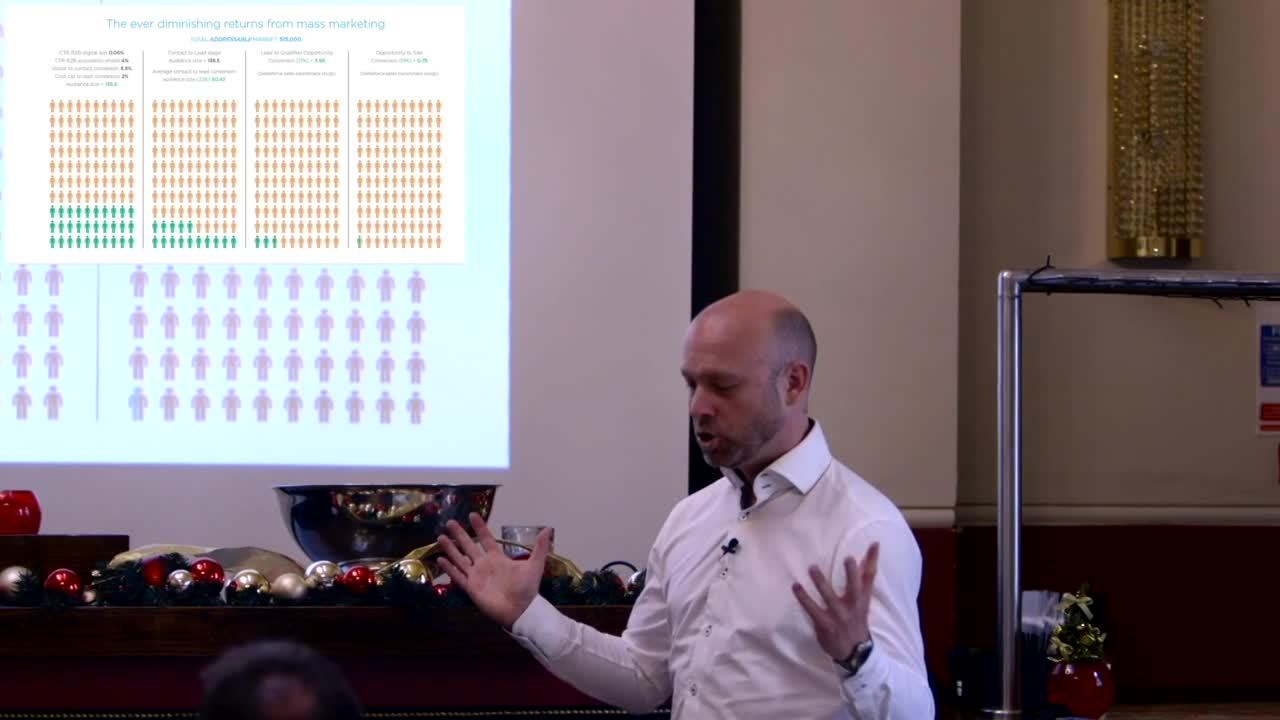
3. Intent-Driven Campaigns Deliver Substantial Results
Informing intelligent, account-focussed and relevant strategies in a move away from indiscriminate volume-based campaigns; intent-driven campaigns can deliver substantial results.
As Jon Clarke outlined, taking an aggregated view of intent-driven marketing across the industry sees:
- 300% more leads for ⅔ less effort - a 66% reduction in effort to generate leads.
- A x3.5 increase in marketing leads to sales pipeline.
“That [your increase in leads to pipeline] is the bit that’s most important - that’s what says to your leadership team; ‘this is great, this is working’. Marketing is no longer a cost, it’s a profit-generating centre.”
4. Intent-Driven Marketing Delivers More Relevant Leads To Sales
Sales and marketing alignment is crucial if account-based campaigns are to be effective, To be successful, both teams should have shared clarity over objectives, campaign goals and key account focus - and should collaborate to share insight and focus resource in the right places to progress with key accounts.
Yet as Jon outlines below, typically, 34% of marketers (in un-aligned organisations) send leads to sales unscored. And as a result, 45% of salespeople perceive leads as being poor quality.
By focussing on specific, active buying accounts, intent-driven campaigns help to improve the relevancy of leads generated; for more effective ABM campaign delivery.
Related: 
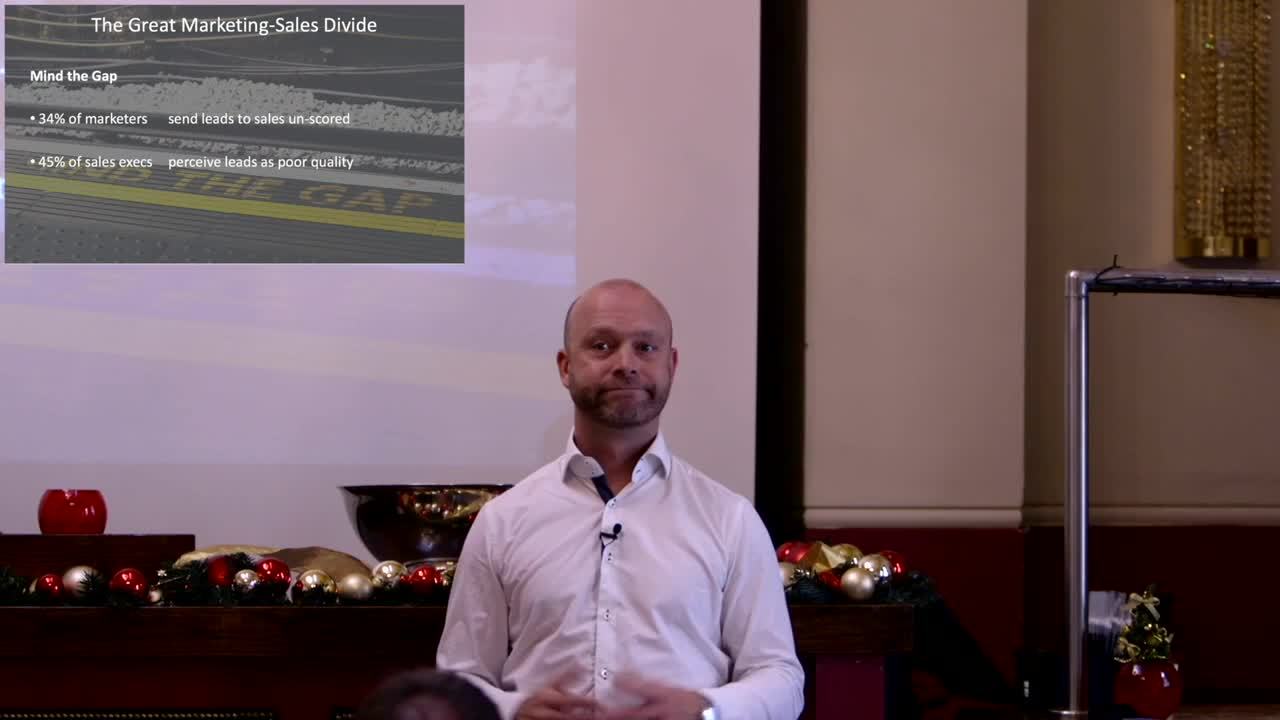
5. The Right Organisational Skills Are Crucial To Intent-Driven Success
Do you have the right team and skills in place in your organisation to adopt an intent-driven or account-based approach?
There are multiple skillsets required within intent-focussed ABM campaigns. Technology, data, strategy and planning, execution, content and creative skills must all knit together for campaign success. In a competitive hiring pool it can be difficult, if not costly, to ensure you have the correct skills in place for your campaigns. For this reason it can help, at least at the outset, to make the most of an agency partnership.
“If you’re doing this [intent-based marketing] for the first time, don’t try to reinvent the wheel. Work with an agency that knows what they’re doing and has experience in this sort of thing. Learn from them; you’ll short circuit the effort required... de-risk and get to value much quicker.”
